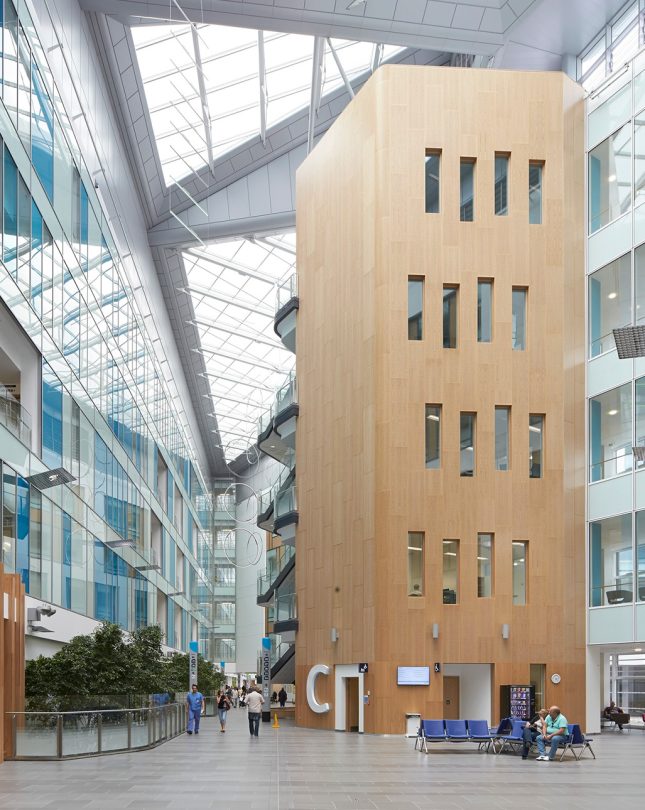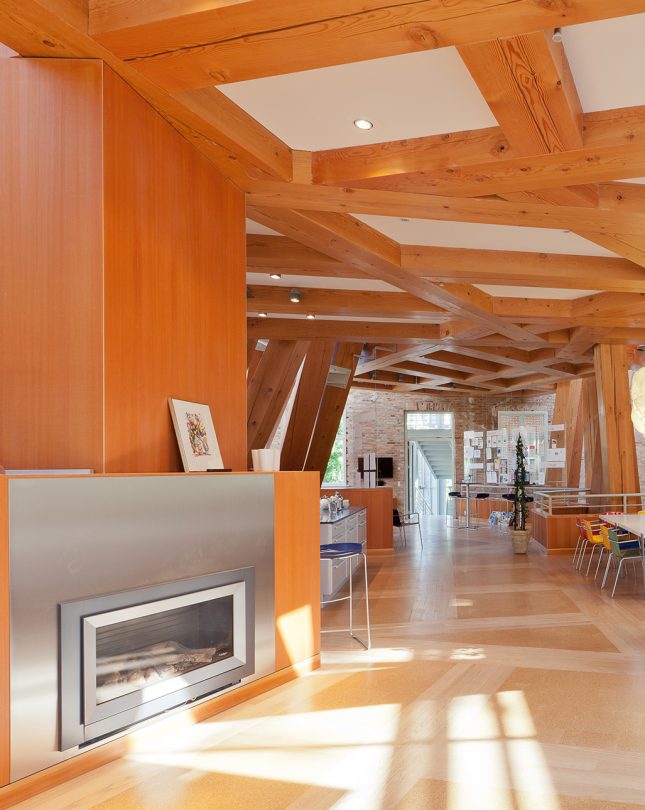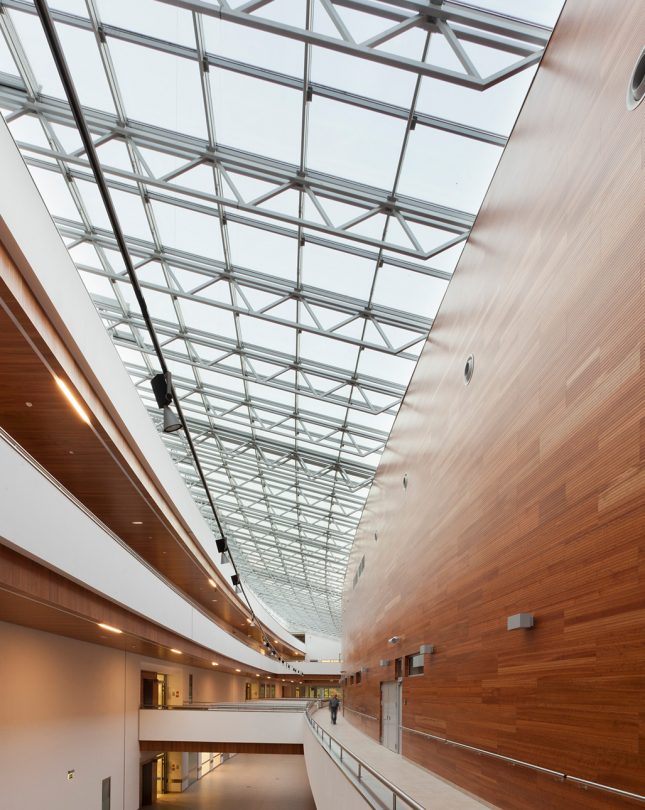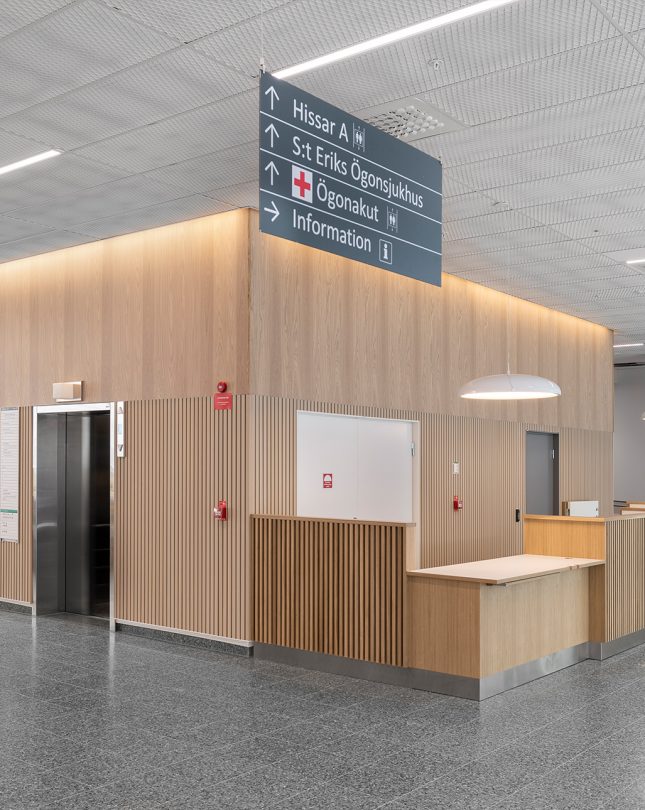Our latest news and views English
Underpinned by our Scandinavian design heritage, we bring you regular stories about architecture and interiors, exploring natural materials, acoustics, and the creation of safe and harmonious environments.
The design of healthcare facilities is adapting due to the changing nature of health conditions and their treatments. In recent times the idea of wellbeing has also been explored in the design of hospitals and healthcare environments, creating spaces that can help people feel better. We explore best practice examples, including the materials involved.
The design of healthcare environments must encompass a lot of different stakeholder needs. Patient safety and recovery is obviously high on the agenda. A report dating all the way back to 2003 on the Architectural Healthcare and Environment and its effect on Patient Health Outcomes state that “Patients appear to make significantly better progress in the new purpose-designed buildings than in their older counterparts,” with non-operative treatment times reduced by over a fifth and those for mental health by approximately 14%.
As well as high-performing environments, hospitals, clinics and other specialist facilities also have to deliver within tight budgets and increasingly be more energy efficient. Plus, as was evident with Covid or other disasters, they need to adapt quickly.

It’s not just the wellbeing of those admitted to hospital that needs to be considered. A study from The Mayo Clinic found that 45 percent of staff surveyed experienced at least one major symptom of burnout. White Arkitekter points to a handful of solutions for staff and patient welfare. These include navigability, as not being able to find one’s way around a facility can raise stress levels, as well as security and contact with nature.
Photo: Hufton+Crow
Access to light also features on White’s list. “Daylight can affect patients’ sleep as well as reduce both perceived pain and the use of painkillers. Other studies show that staff who spend time in rooms with windows have a better mood, blood pressure, and sleep,” says the Swedish practice’s Saga Karlsson.
Photo: Quintin Lake


Wood is among the materials that bring significant wellness benefits. This is because wood lowers the sympathetic nervous system activation (SNS) which ordinarily causes stress and increases blood pressure and heart rate. A report by Australian environmental organisation Planet Ark found that incorporating wood in an interior provides physical and emotional benefits, similar to those enjoyed by spending time in nature.
Photo: Pawel Klein
There are many examples of how wood promotes the wellbeing of patients. The public environments at St Erik’s Eye Hospital in Stockholm are clad in Gustafs’ wood panels and acoustic panels in white pigmented oak to produce a soothing environment. Acoustic panels with PD8 perforation also feature on the ground floor to further absorb sound and create a sense of tranquility.
Photo: Bara Bild


Over at the Örebro University Hospital, Gustafs acoustic solutions and wall cladding work harmoniously with the generous amount of light flooding into the large entrance hall and adjoining corridors, courtesy of the high ceilings. Architects Sweco & AART chose Gustafs Linear Rib as wall cladding with the slats installed with various gaps at different levels to maximise the sound absorption possible in this environment.
By carefully choosing materials and being clever with the design of spaces in healthcare environments, architects and designers are able to positively contribute to the health of patients and staff alike.
Photo: Devis Bionaz